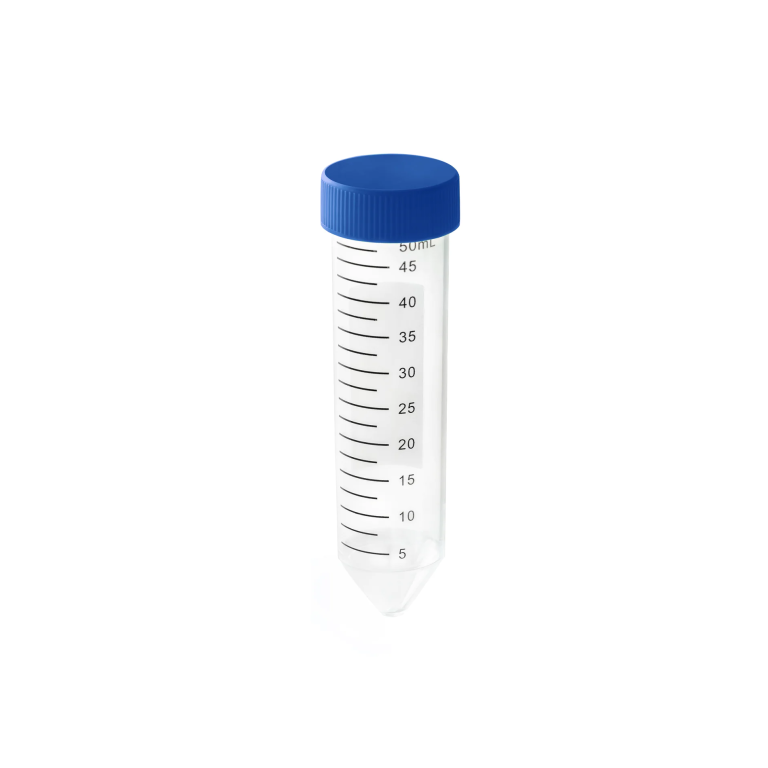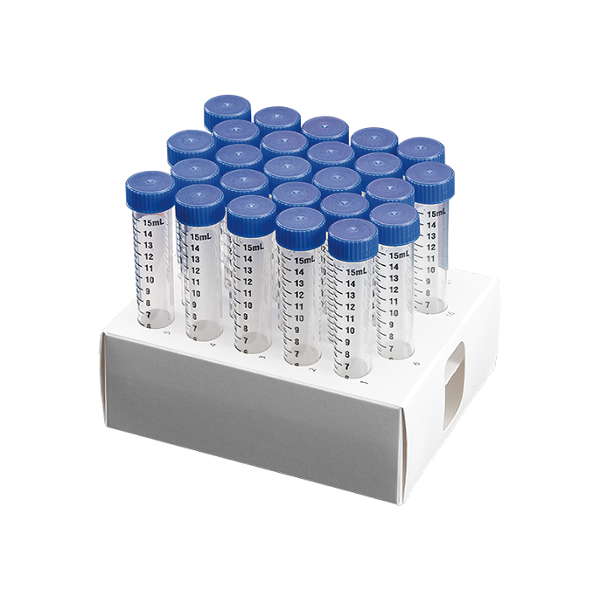Micropipette tips are small, disposable accessories used with micropipettes, which are precision instruments designed for the accurate and reproducible transfer of small liquid volumes in laboratory settings. Micropipettes are commonly used in molecular biology, biochemistry, microbiology, and other life sciences research. The tips are an essential component of micropipette systems, and they come in various sizes and types to accommodate different volumes and applications.
Here are key features and aspects of micropipette tips:
- Material: Micropipette tips are typically made of high-quality plastics such as polypropylene or polyethylene. These materials are chosen for their inertness, low retention properties, and resistance to chemicals, ensuring that the tips do not interfere with the samples being transferred.
- Disposable: Micropipette tips are designed to be disposable to prevent cross-contamination between samples. After each use, the tip is discarded, and a new, sterile tip is attached to the micropipette for the next sample.
- Compatibility: Micropipette tips are available in various sizes and are designed to be compatible with specific micropipette models. It is important to use tips that are recommended by the manufacturer of the micropipette to ensure accuracy and precision in volume delivery.
- Graduations: Some micropipette tips have volume graduations marked on the side. These graduations help users visually verify the volume being aspirated or dispensed, adding an extra layer of assurance to the accuracy of the liquid transfer.
- Filter Tips: Filtered micropipette tips are equipped with a filter, usually made of polyethylene, which prevents aerosols or liquid contaminants from entering the pipette during aspiration. These tips are commonly used when working with PCR or other sensitive applications.
- Low-Retention Tips: To minimize sample loss, some micropipette tips are designed with low-retention surfaces. This feature is particularly useful when working with small volumes of precious or expensive reagents.
- Racked or Reload Systems: Micropipette tips are often supplied in racks or reload systems that facilitate easy loading onto the micropipette. These systems are designed to maintain the sterility of the tips until they are ready to be used.
- Sterility: Many micropipette tips are available in sterile packaging to ensure the integrity of the samples being handled, especially in applications where contamination can significantly impact results.
In summary, micropipette tips are crucial components of micropipette systems, allowing researchers and laboratory professionals to accurately and precisely handle small liquid volumes in a controlled and sterile manner. Their disposable nature and compatibility with specific micropipette models contribute to the efficiency and reliability of laboratory workflows.


